Whit Selfie RR thumbnail
Do you have any thoughts on this post?
All the strikes against the industrial fishing operation’s claim of sustainability
In more good news for Atlantic menhaden, the Virginia Marine Resources Commission announced last week that it would set a lower quota for Omega Protein’s industrial harvest operation in the 2020 season. The company brazenly defied the established catch limits on menhaden in the Chesapeake Bay last year, and fisheries managers rejected their request to scale back for the overage more gradually over the course of the next two seasons.
Omega’s rapacious appetite for harvesting as many menhaden as it possibly can is hardly breaking news. For decades, the foreign-owned company has had a monopoly on a public marine resource, threatening the ecology and economy of the Chesapeake Bay and Atlantic coastal communities.
Anglers know firsthand why menhaden are called the most important fish in the sea: Because they are extremely valuable food for many popular and valuable game fish, including striped bass, red drum, bluefish, cobia, tuna, and flounder. Leaving more of these crucial forage in the water is one of the Theodore Roosevelt Conservation Partnership’s key conservation initiatives.
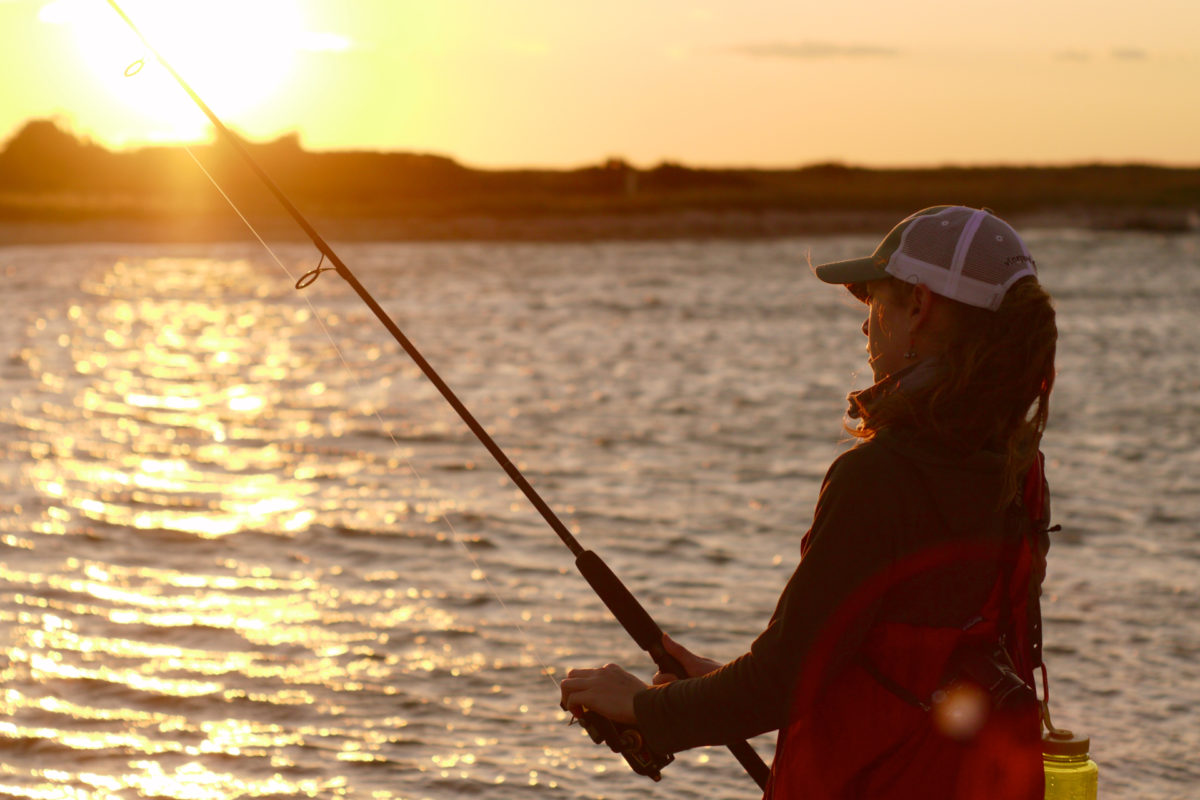
Which is why it is so hard to fathom how Omega Protein can be called “sustainable” in the first place, let alone keep its certification from the Marine Stewardship Council—an international organization that helps determine which fisheries qualify for a seal of approval. Given the fact that Omega willfully blasted past the legitimate Bay cap by more than 30 percent in 2019, one would think the company would be sheepish about continuing to flout this specious sustainability claim.
If legitimately earned, these labels allow consumers to make informed seafood choices. And companies can typically charge a premium to recoup costs associated with being more environmentally responsible. To earn the MSC “blue checkmark” label, for example, seafood companies are required to follow internationally recognized best practices for operating healthy, sustainable fisheries while causing minor impacts on the marine food chain. But the MSC is a for-profit venture, and despite the blowback from anglers, Omega seemed able to buy their way to “sustainability” in 2019.
This was before the company violated the Bay cap last fall, but after it was cited for Clean Water Act violations and paid a $400,000 fine to the Security and Exchange Commission for misleading investors.
Fisheries managers, however, are holding Omega accountable. In October, the Atlantic Marine Fisheries Commission–the coastal board of professionals that manages shared marine resources–unanimously voted Virginia out of compliance with its menhaden management plan.
Then, in December 2019, U.S. Secretary of Commerce Wilbur Ross upheld the ASMFC’s ruling and imposed a moratorium on all menhaden fishing in Virginia waters, effective June 17, 2020, until the state—and, really, just Omega—comes into compliance. The Theodore Roosevelt Conservation Partnership and its partners, along with Virginia Governor Ralph Northam and eight other East Coast governors, helped persuade Secretary Ross to hold Omega accountable.
Full compliance with the ASMFC’s management plan is important, because if the moratorium takes effect, it could have severe economic consequences—not only for Omega’s workers, but also for Bay watermen, charter captains, tackle shop owners, and recreational fishermen.
This isn’t what sportfishing groups want to see happen.
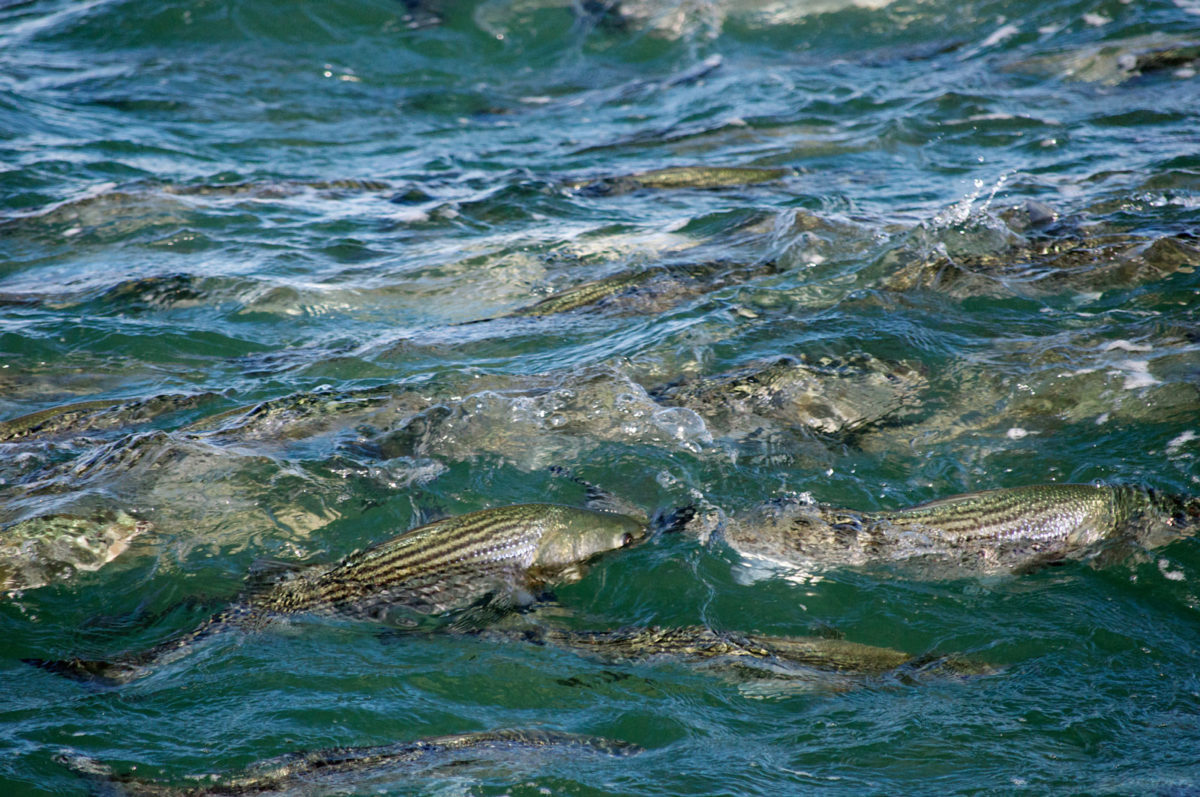
Thankfully, the Virginia General Assembly recently passed historic legislation that transfers authority for managing menhaden from the state legislature, where it has been highly politicized for decades, to the Virginia Marine Resource Commission, which was already effectively managing all other marine fisheries in the state—including striped bass, crabs, and oysters. The TRCP and its sportfishing partners played a pivotal role in getting this landmark legislation across the finish line.
Both the new law transferring management authority and the VMRC’s swift action to limit Omega’s harvest this year are historic wins for marine conservation. Later this year, the ASMFC is expected to vote on a new plan for managing menhaden according to their broader ecological value, which offers another opportunity to advance the sound conservation of such a vital resource.
With so many groups invested in securing the future of this forage fish, could it be time for MSC to rethink their tacit endorsement of Omega Protein and yank the “sustainable” label? If you ask me, sucking up thousands of tons of critical food for our most important game fish and disrupting the marine food chain, is about as far from being a responsible steward of a public resource as you can get.
Incredibly, SAI Global, an independent auditor for the MSC that supported Omega’s accreditation, claimed “there is no firm evidence” that the operation affects the species’ sustainability. Recreational anglers and conservationists know better. That’s why we have objected at every stage of the certification process.
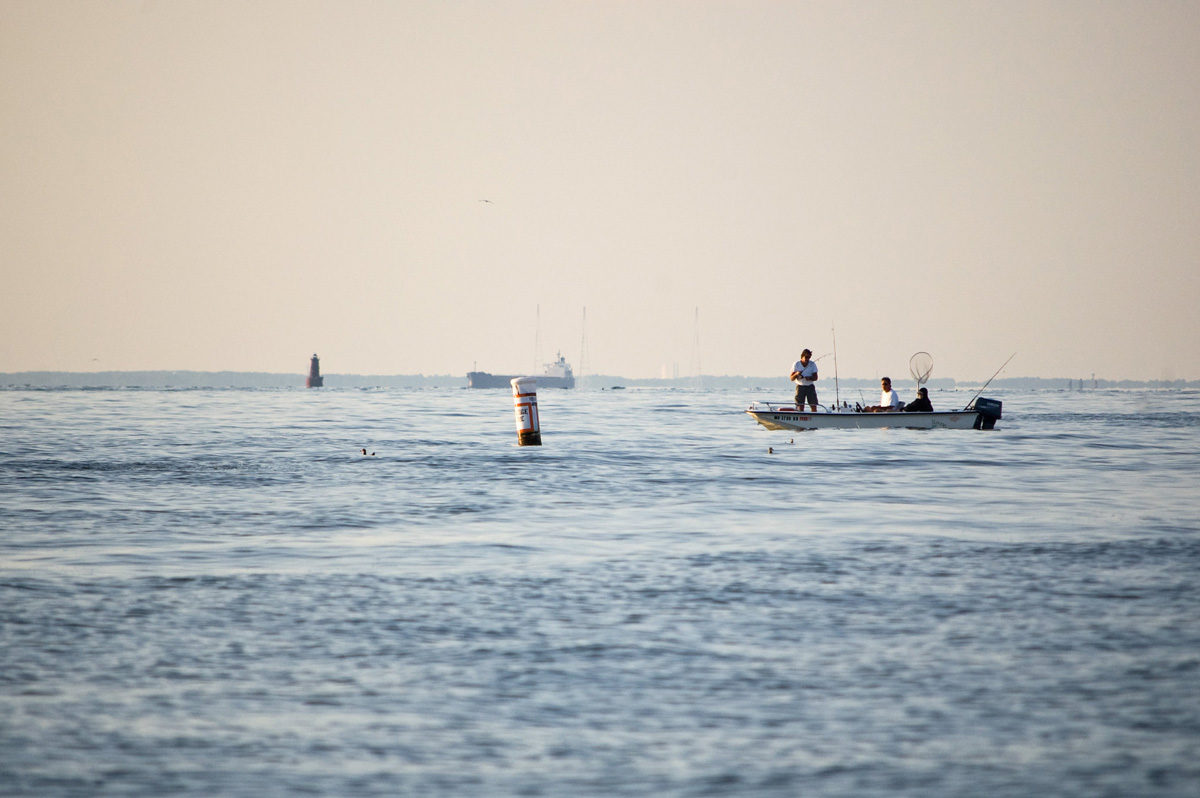
Without a doubt, there is much at stake to keep the pressure on Omega Protein to be accountable for their actions. Sportfishing is both culturally and economically important to the Chesapeake and mid-Atlantic region. According to a 2016 study by Southwick Associates, striped bass generated almost $8 billion to our country’s GDP. Thousands of jobs tied to a healthy striper population—charter captains, marinas, bait and tackle shops, hotels, and restaurants, to list several—are at risk if menhaden populations are overfished. Moreover, 32 percent of recreational and 69 percent of commercial harvest of stripers comes from the Chesapeake, resulting in a combined economic impact of approximately $2.5 billion.
In Virginia alone, striped bass drove more than $240 million in economic activity just a decade ago. Sadly, those numbers have plummeted to just over $100 million annually. The recent decline in the population of this marquee game fish has already resulted in reduced seasons and creel limits, putting the livelihoods of many coastal residents in jeopardy. In fact, striped bass charters in 2019 were down between 50 and 100 percent in some areas. The uncertainty surrounding COVID-19 has already added to the stress.
Reminder: Omega’s industrialized fleet is the last of its kind on the entire East Coast. All other states have banned reduction fishing using such highly mechanized boats, nets, and gear. And yet Omega—and Daybrooke in the Gulf of Mexico—continues to pulverize these protein-packed fish into oils and powders used in health supplements and, increasingly, as feed for overseas aquaculture operations.
Omega’s operation is particularly nettlesome on the Chesapeake, where concerns over localized depletion have persisted for decades and conflicts with anglers are on the upswing. When Omega Protein flouts its industrial operation as “sustainable,” it’s a step too far. Especially given that state and coastal fishery leaders have taken encouraging steps to better manage menhaden, the label simply doesn’t fit.
Captain Chris Dollar is a professional fishing guide, tackle shop owner, all-around Chesapeake outdoorsman, and writer.
Top photo by the Bywaters via flickr.
Bipartisan bill would create jobs, benefit aquatic ecosystems
The Senate Environment and Public Works Committee has passed legislation to invest in water infrastructure, remove barriers to the use of natural infrastructure, and combat invasive species.
The America’s Water Infrastructure Act of 2020 passed the committee by a vote of 21 to 0.
“Investing in water infrastructure creates jobs, benefits aquatic ecosystems, and spurs healthier habitat, fisheries, and wildlife,” said Whit Fosburgh, president and CEO of the Theodore Roosevelt Conservation Partnership. “We want to thank the committee for helping reduce barriers to the use of natural infrastructure, combat invasive species, and incentivize innovation.”
The bill contained several conservation components, including:
Top photo by Florida Fish and Wildlife
Sportsmen and women applaud the state’s assessment of threats to winter range and migration corridors and recommended conservation actions
Today Colorado Parks & Wildlife released its 2020 Status Report on Big Game Winter Range and Migration Corridors, a significant milestone in its work to conserve critical seasonal habitat and a direct result of Governor Jared Polis’ 2019 executive order on this issue. Sportsmen and women welcome the publication as a valuable resource to improve the conservation of big game winter range and migration corridors, as well as the agency’s commitment to this opportunity.
The report provides the public with a foundational understanding of the best-available science regarding Colorado’s migratory big game populations, including mule deer, elk, pronghorn, bighorn sheep, and moose. It also provides a snapshot of ongoing research on big game and areas requiring further study. Furthermore, Colorado Parks & Wildlife includes in the report a series of recommended actions to address the various threats to big game migration in the state.These recommendations set the stage for the next of the directives in Governor Polis’ order: a report to be completed by July 1 that includes policy actions necessary to conserve big game and their habitat.
“One of the biggest issues facing the conservation of big game migration corridors and seasonal habitats is ensuring policy is grounded in the most current science,” said Dr. Ed Arnett, Chief Scientist for the Theodore Roosevelt Conservation Partnership. “This report provides a good foundation to tackle that challenge and offers a blueprint to guide the work of state and federal agencies as well as their partners. Colorado Parks & Wildlife should be commended for their work and vision for big game conservation.”
In addition to outlining how the state manages and studies these big game animals, as well as summarizing the most up-to-date science regarding their populations, seasonal habitats and migration routes, and the threats they face, the report provides a forward-looking assessment of what is needed to ensure Colorado’s big game migrations continue well into the future. For each general category of conservation threat, such as transportation, the agency identifies specific problems and actions it will take to mitigate potential harm to big game populations. Along similar lines, Colorado Parks & Wildlife has produced a multifaceted list of short- (1-3 years) and long-term needs for additional data and better management.
“Colorado’s wildlife resources and hunting opportunities are second-to-none across the West, and the leadership shown by decision-makers and agency staff to conserve big game migration corridors will ensure that legacy continues well into the future,” said Madeleine West, Director of the Center for Western Lands with the Theodore Roosevelt Conservation Partnership and a Colorado resident. “This report has established a strong model that we hope other states will emulate.”
This report builds on a recent announcement from the Bureau of Land Management, included in a press release regarding its revision of the Uncompahgre Resource Management Plan, that the Colorado BLM has committed to updating its land use plans in the state to ensure management allocations are in accordance with the best-available habitat and migration science. Existing federal agency plans generally do not account for recent advances in science and technology demonstrating increased precision on how and where big game species move across the landscape.
“The Colorado BLM deserves a pat on the back for its commitment to updating management plans for the special consideration and management of habitats that allow big game animals to migrate,” continued West. “The hunting and fishing community looks forward to engaging productively in the BLM’s planning process to ensure the success of these efforts.”
“We commend the Colorado Department of Natural Resources and Colorado Parks and Wildlife for their continued focus on big game migration corridor conservation, in keeping with Colorado’s executive order and the Interior Department’s secretarial order. This report is a testament to the tireless work of Colorado’s wildlife managers and professionals in documenting the behavior of Colorado’s big game species over the last several decades. With one of the largest elk herds in the country, and a deer population that is struggling to maintain its numbers, the report provides a great foundation to move forward with collaborative planning efforts that safeguard Colorado’s big game herds, migratory corridors and important wildlife habitats, as well as Colorado’s outdoor legacy.”
Robin Knox
President, Colorado Wildlife Federation
“Mule deer populations in some parts of Colorado have been in decline for several years, and sporting groups like ours have been working with Colorado Parks & Wildlife and other partners throughout the state to improve the health of our herds. As research shows, winter ranges and migratory habitat are vital for mule deer survival and recruitment. This report brings home the connection between scientific data and boots-on-the-ground conservation, and hunters appreciate the seriousness with which wildlife managers in Colorado are approaching the issue of big game migration.”
Steve Belinda
Conservation Director, Mule Deer Foundation
Photo: Larry Lamsa via Flickr
A brief history of these public lands and how they can be used
With Interior Secretary David Bernhardt’s latest proposed expansion of hunting and fishing access on 97 national wildlife refuges and nine fish hatcheries across the country, there seems to be plenty to celebrate. But our coverage of this plan has generated questions from TRCP supporters about why this is a good idea.
Don’t refuges exist to give animals a space to take, well, refuge from hunting pressure?
Yes, they do. But there is more to the story of how these public lands are used. As a former wildlife refuge biologist and TRCP’s chief scientist, I’ll offer my perspective on how refuge habitats are managed, how wildlife uses them, and why it could certainly be a benefit to have hunters and anglers enjoy more access to refuges and hatcheries where it makes sense to do so.
The very first national wildlife refuge was established at Pelican Island in Florida by none other than Theodore Roosevelt, who went on to create 52 bird refuges and 4 big game refuges between 1903 and 1909. A total of 567 refuges now comprise the National Refuge System that spans some 95 million acres across the country.
The primary objective for refuges is to conserve, restore, and enhance fish, wildlife, and their habitats, but these lands are not off-limits to other uses, so long as they do not interfere with these key goals. Modern-day refuges are stringently managed as a system with six priority public uses outlined for wildlife-related activities—hunting, fishing, photography, wildlife watching, environmental education, and interpretation. In fact, the DOI estimates that wildlife-related recreation on refuges generates more than $3 billion annually, which benefits the business community near each of these public lands.
There are also 70 national fish hatcheries in 35 states. By 1870, growing concern over declining fish stocks prompted the establishment of fish spawning stations, many of which later became the first fish hatcheries in a national system.
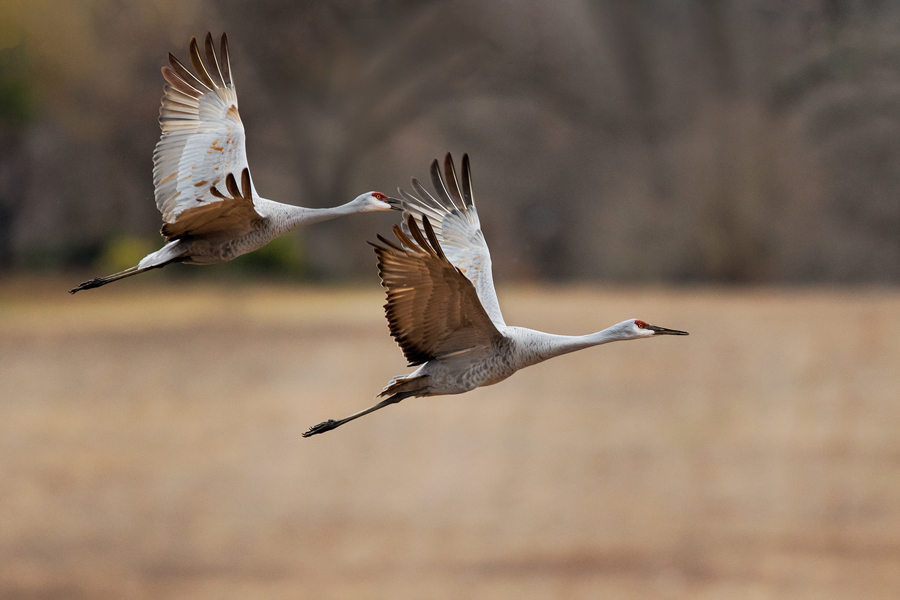
The debate over whether hunting should or should not occur on national wildlife refuges is nothing new, and there is a long history of both support and opposition. The name refuge does relate to its purpose—in fact, the U.S. Fish and Wildlife Service explicitly states: “National wildlife refuges exist primarily to safeguard wildlife populations through habitat preservation. The word ‘refuge’ includes the idea of providing a haven of safety for wildlife, and as such, hunting might seem an inconsistent use of the National Wildlife Refuge System. However, habitat that normally supports healthy wildlife populations produces harvestable surpluses that are a renewable resource.”
By law, hunting and fishing on refuges is closed to the public unless otherwise opened as a priority public use by the Secretary of Interior. The current proposal by DOI would do this only where it makes sense and after a public process. And each of the refuges and fish hatcheries that make the final plan will be managed differently.
As you can imagine, there are few one-size-fits-all approaches to management of 567 refuges and 70 fish hatcheries, which is why hunting and fishing regulations on these public lands are diverse and often complicated. Some units do not allow hunting at all—currently, 197 refuges do not allow any form of hunting. Some units are only open for certain species of game. Only portions of a refuge may be open for some species, while others may be hunted on every acre except in safety zones.
When, where, and how hunting or fishing is allowed is dependent on several factors, and the decision to permit these activities is made on a case-by-case and unit-by-unit basis by local refuge managers and biologists. Considerations include the purpose and objectives of each refuge or hatchery, its biological soundness, and the public demand for and economic feasibility of providing recreation while protecting other resources.
Plus, there are legal requirements depending on how a refuge was established. For example, refuges established as migratory bird sanctuaries may allow hunting of migratory waterfowl on no more than 40 percent of the refuge acreage. Waterfowl hunting may be opened in more than 40 percent of a refuge if the Interior Secretary finds it would be “beneficial to the species,” but this is not the norm.
Just as each refuge is different, so are the changes for each unit in the DOI’s current proposal. Many of the refuge acres proposed for hunting are in remote, rural areas where these activities would be readily welcomed—like the 41 limited-interest easement refuges in North Dakota potentially opened for upland and big game hunting and fishing in accordance with state regulations.
Where other priority public uses are already allowed, like photography and wildlife watching, proposed hunting or fishing access could be more controversial and will require greater attention to balancing all uses to ensure public safety. Still, some of the proposed changes would simply add an additional species for harvest where hunting already takes place.
The proposed rule also simplifies regulations for refuge users, as the U.S. Fish and Wildlife Service worked to better align their rules with state wildlife agencies during this process.
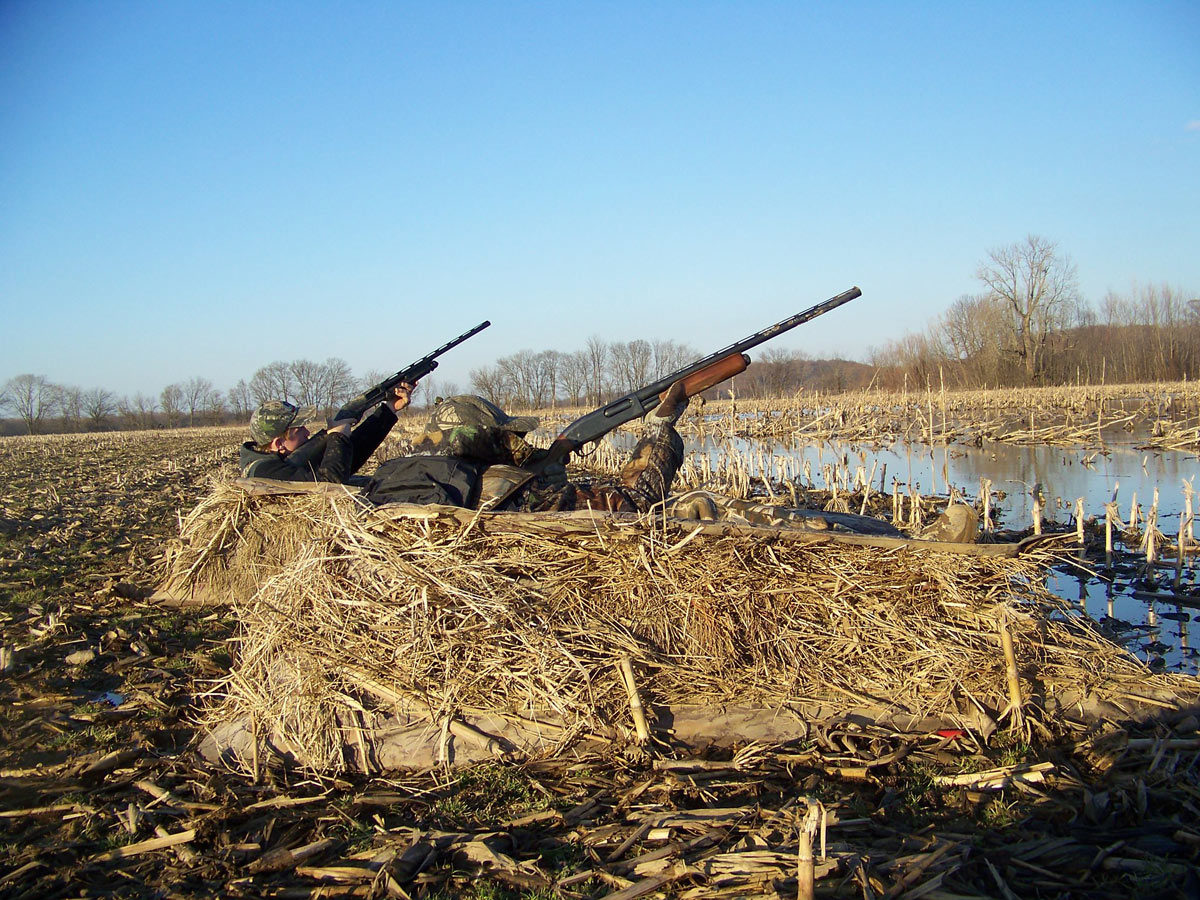
In my 30-year career as a wildlife biologist, I have not been aware of a situation where hunting on refuges caused severe population-level impacts for any species in the era of contemporary wildlife management. The USFWS has long acknowledged that, as practiced on refuges, hunting does not pose a threat to the wildlife populations, and in some instances, it is necessary for sound wildlife management.
Harvesting wildlife on refuges is carefully regulated to ensure balance between population levels and wildlife habitat, just as it is on other public lands. When deer populations, for example, exceed what is sustainable for that habitat, some are harvested to ensure the health of the herd and landscape. We also need to remember that hunting on refuges must comport not only with federal regulations but also those of the states, including their season dates, bag limits, and possession limits.
Still, in an ever-changing world experiencing continued habitat loss, some argue that hunting on refuges may only exacerbate species impacts. The adjustment of season dates and bag limits based on the population and desired harvest goals would, of course, be applied. If duck populations decrease, so will allowable harvest—a fundamental underpinning of the North American Waterfowl Management Plan.
Even if this historic expansion of hunting and fishing access is finalized, it’s NOT a free-for-all on our fish and wildlife, folks. We have a strong system of laws and harvest management in place, based on the best available information gathered readily by state and federal agencies.
A more important concern regarding this proposal centers on the resources needed to administer more access. As Caroline Brower of the National Wildlife Refuge Association points out in her recent blog, we should be concerned about staff and funding for an agency that would struggle to manage habitat, existing refuge programs, and expanded hunting and fishing opportunities. Congress and the DOI would need to ensure that investments in our refuge and hatchery system more than meet the value of additional access to these lands.
The TRCP supports expanding opportunities for hunting and fishing, but we also support your ability to watch, photograph, and learn about wildlife on these public lands—many of which provide the only immersive outdoor experiences within driving distance of large urban areas.
Balance is, of course, the key. And this is why your opinion matters in the public process of vetting where hunting and fishing should be allowed. Here is the official list of refuges and hatcheries and what expansions are proposed. Public comments will be accepted until June 8, 2020, so make your voice heard.
Top photo of waterfowl hunting at Ridgefield National Wildlife Refuge by Brent Lawrence/USFWS via flickr.
Theodore Roosevelt’s experiences hunting and fishing certainly fueled his passion for conservation, but it seems that a passion for coffee may have powered his mornings. In fact, Roosevelt’s son once said that his father’s coffee cup was “more in the nature of a bathtub.” TRCP has partnered with Afuera Coffee Co. to bring together his two loves: a strong morning brew and a dedication to conservation. With your purchase, you’ll not only enjoy waking up to the rich aroma of this bolder roast—you’ll be supporting the important work of preserving hunting and fishing opportunities for all.
Learn More
